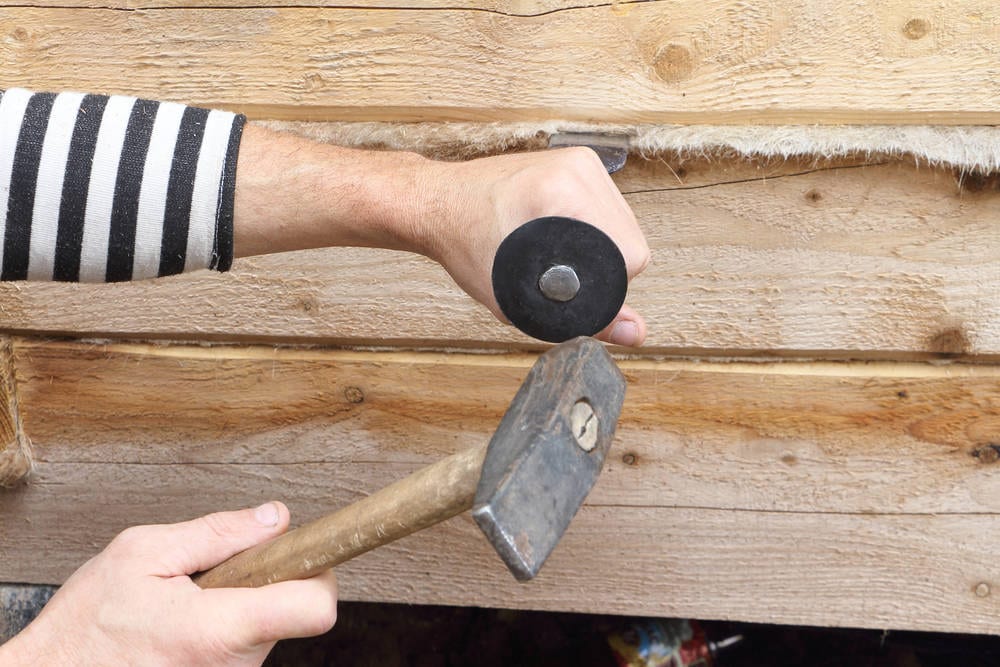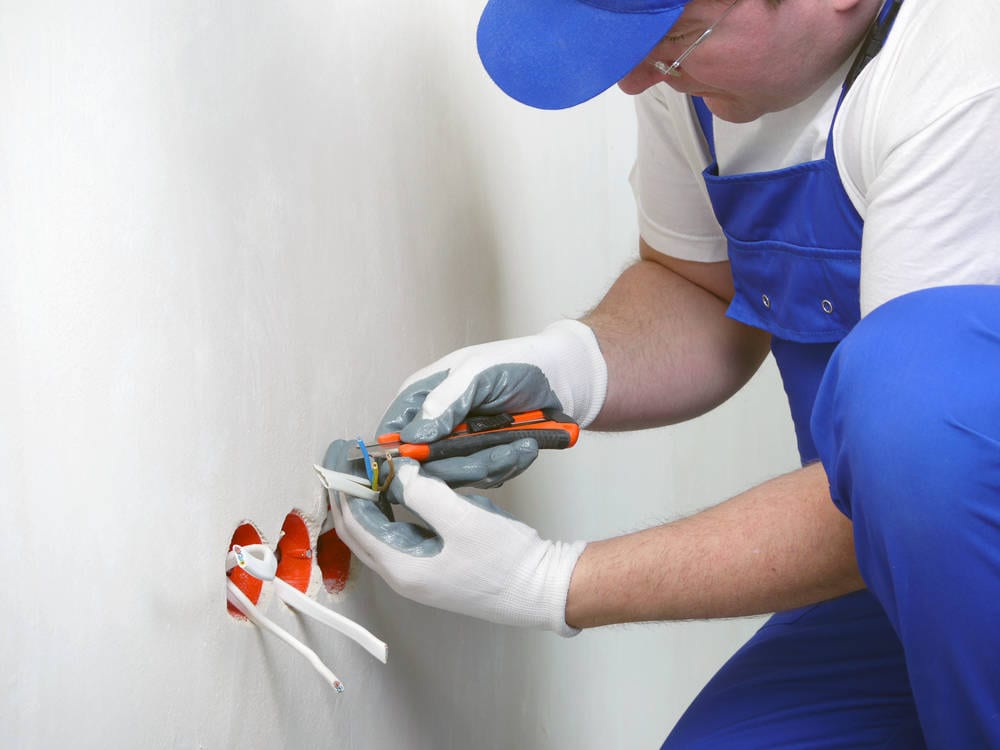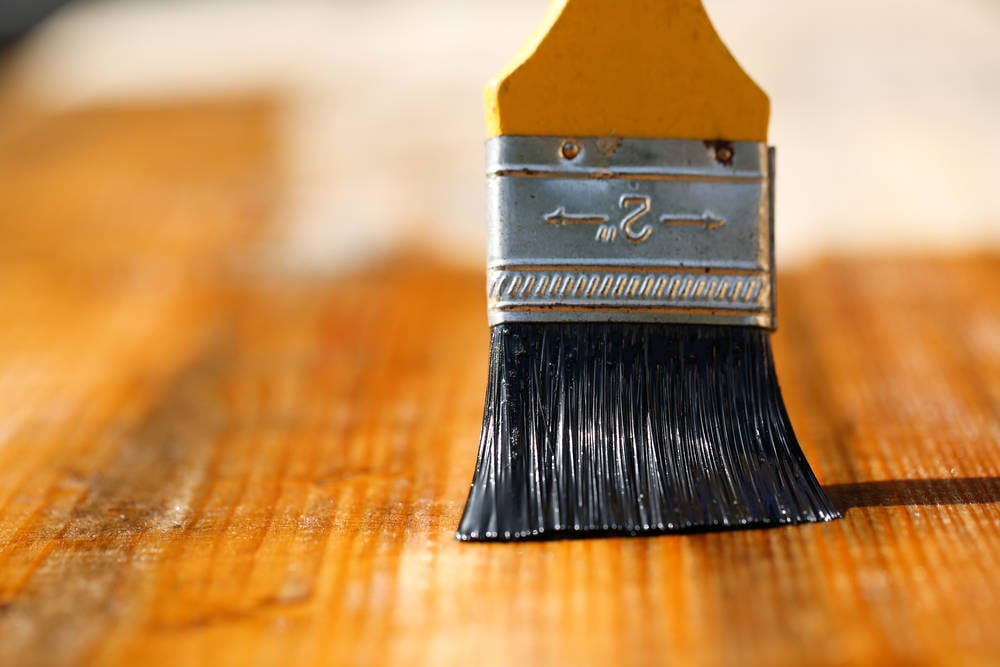During these days, many owners of log cabins usually render and file odd complaints to their roofing contractors. In most cases, these complainants usually have had their cabins installed during the early spring, autumn and winter season. Thus, the peak of such complaints usually piles up in contractors’’ offices between the months of July and August.

While some customers are nice and would usually ask advice, others would simply launch a huge complaint. Such complainants are not very pleasant and nice to deal with. But contractors have to be nice when dealing with their customers. Through proper inspection, most cases can be resolved and one hundred percent of these are due to the customers’ own making.
Common Types of Seasonal Complaints Regarding Log Cabins
There are various types of seasonal complaints which are commonly filed by many log cabin owners to their contractors and they include the following:
* Logs are coming apart * Gaps are appearing in the walls of the log cabins * Twists and gaps are starting in the wall logs * Gaps are starting to show in the walls, usually spaced all the way up the wall * Shrinking with gaps to the side of the door * Gaps that start to appear from place to place
Contraction of Log Cabins
The most common problem that usually takes place in most log cabins is contraction, the opposite of expansion which is the most common complaint of many log cabin owners during the hot seasons. Contraction is a powerful force that usually occurs on timbers.
The Logs of Log Cabins
The log of a log cabin is commonly made from a specific length of a tree. In most cases, the best part is the one which is usually close to the center or heart of a tree. Using such portion of a tree will give you the assurance that the log will never have to shrink or grow much as far as its length is concerned. However, rest assured that it can change a bit in terms of its height.
There are people out there who say that their log cabins’ logs are moving and their movements are a way excessive. Well, experts say that such movements are not actually excessive because they are simply natural reactions of wood and that they are hard to control or helped. As a matter of fact, there are certain cabins that simply move a lot!
When a piece of log starts to contract, the wood starts to show. In this regard, many wood and timber experts advise cabin owners to remove the paint and fascia behind the logs so you will not be able to see the annoying occurrences that usually take place.
Common Installation Problems
We cannot deny the fact that log cabins are very popular these days. While they offer a cool place to dwell in during the hot summer months, it is evident that certain problems arise over time, particularly on the pieces of logs that have been installed to build them. Why do gaps tend to appear in certain parts of a log cabin?

The answer is plain and simple. This is due to the fact that the installer tries to interfere with the log movements. The installer also tries to restrict the logs from moving. Such things will be like the following:
* The installer adds extra timber into gaps to deal with expansion * Fixing window and door fascia and frames to the logs * Installation of brackets, electrics and shelves * Lifting windows and doors up to fill the gaps caused by expansion * Fixing logs in different manners * Fascia over the door that allows the cabin to stand or sit over the frame of the doorTimber Infills
During the cold winter months, woods are expected to be at their biggest. On account to this, many owners of log cabins complain about the large gaps that occur over the window frame or door frame. As a result, builders, joiners or carpenters are tempted to fill these gaps.
There are also times when owners come up with an unusual solution to fix the gaps that occur in their log cabins. For example, some owners resort into bracing or strapping to protect their cabins from raging storms especially those that are exposed in the highlands. Although the ingenuity seems to be very good, this can simply hold the cabins in a very rigid way. As a result, gaps start to appear especially during the hot season.
The installation of shelves, bars, brackets and black boards may prove to be very important and that they can be installed in your log cabin easily. However, there is a need for you to consider some factors like contraction and expansion that can significantly affect your cabin. The internet can offer you with tons of information about the right and proper installation of shelves, brackets, black boards and bars in log cabins.
Electricity in Your Wooden Cabin
Electricians must be very aware of the electrical lines and outlets when doing electrical installations in a log cabin. Like what has been said before, wooden cabins usually move in line with the existing time of the year. The following are important reminders every electrician should know when installing electrical lines in log cabins:

Summary of Contraction in Log Cabins
Generally speaking, log cabins are known to move. Regardless of thickness, all types of wood or logs used in the installation of a cabin usually move and such occurrences cannot be helped. In most occasions, moving woods are usually full of straws, sucking in and expelling moisture in the process. For your information, a piece of log or timber usually comes with layers and layers of straws that draw water for the tree. These straws usually stay open and they need to be treated in order to block them up. Prior to this, a good quality treatment should be used and applied to make effective coats for every piece of log.
Wood Treatment for Log Cabins
Treating logs for your cabin is essential for its overall health and standing. In this regard, it is important to remember that treatment should be done right before the cabin is to be assembled. It can also be done as the construction progresses though this can slow down the building process due to certain kinds of interruptions. Therefore, it is much better to treat logs one by one and allow them to dry before starting the construction. This way, the process of building can be done in a smooth and easier way.

Many sites offer quality wood products that belittle well-treated woods. These providers should be avoided once and for all. Instead, you need to look for a company that offers logs and timber products that are already treated or those who adhere to and recommend wood treatment. You can also do the treatment procedures on your own. Here are some useful tips and pointers that you need to know in the first place when looking forward to treat the woods that you will be using for your log cabin.
You need wide space to perform the treatment and to store the treated logs. The first thing that you should do is to set up a bucket with wood preserver. Place the end of the log into the bucket while applying the preserver to all sides of the wood using a soft-bristled brush. Dipping the end grain of a log gives you the assurance that the log itself gets the best coating. This is quite important because such parts are the most delicate portions of a log. Doing the treatment in such a manner can give you the certainty that every log that you used in your cabin is well-treated and this is something that you cannot do if the cabin has already been assembled.
Every wooden component of log cabins should be thoroughly treated and once these logs are done with the initial treatment it is important to let them stand for a certain period of time to allow proper drying. Once the logs are dry, you may now repeat the process. The floor, roof including the tongue and groove timbers should also be treated. This can be done either by brush or total immersion. If you prefer brushing the logs then you have to know that a couple of coats is good enough. The method is pretty simple and you can do it right on your own. After all, you know that your logs are protected. Later on, after building your cabin, you can get in the way to do the kind of finish you want.
After assembling log cabins, the next thing that needs to be done is to coat the logs with a protection system that is of high quality. Two coats of such product are good enough to give that ample protection needed by each log. As for the final finish, you can be certain that there is a wide range of choices that you can find in the market as long as paints and stains are concerned.

Give special attention to the logs’ interlocking end grains, particularly the lowest log which will usually get wet most often. The windows’ and doors’ bottom portions including the sills should be highly regarded as well. Check each log for splits and cracks so that you can fill them with the right kind of sealant.
Log cabins need high quality wood materials to ensure quality outlook. Experts advise that the use of cheap materials should be a BIG NO for log cabins. With high quality logs and timbers, you are certain that wood movements are significantly inhibited and controlled. The same thing is also true with the use of a cheap treatment. As such, the use of high quality wood treatment is highly recommended in order to help wood from contracting and expanding.
By doing these procedures, owners of log cabins will never have to file complaints to their contractors anymore. This is because every log used in the construction of the cabins is properly and thoroughly treated in order to inhibit potential occurrences of wood movements.
Follow the tips and pointers above to make sure that contraction will never be a problem in your log cabin anymore.












